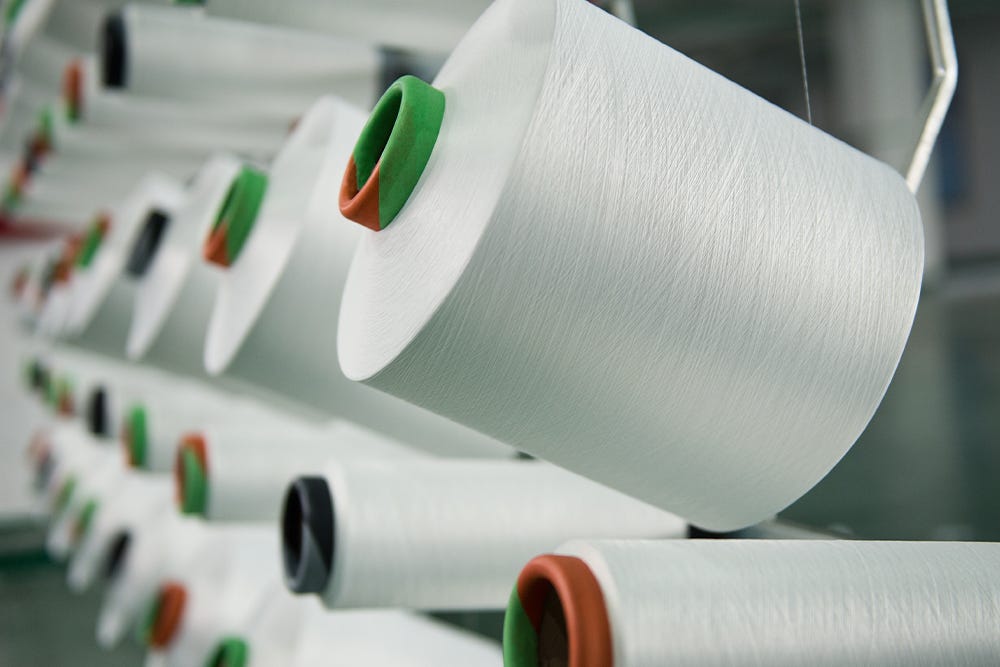Bangladesh eyes top apparel spot with man-made fibers
Bangladesh is aiming to be the world's top apparel exporter by focusing on man-made fiber (MMF) clothes. MMF clothes are more profitable than cotton clothes and are in high demand globally. Bangladesh is already a major apparel exporter, and they have been improving their production capacity and quality for decades.
Currently, 7.9 per cent of all clothes sold worldwide are from Bangladesh. They want to increase their market share to 12 per cent by 2030, and MMF products are a key part of that plan. The Bangladesh Garment Manufacturers and Exporters Association (BGMEA) is aiming to increase the country's annual apparel exports to $100 billion within the next six years.
The collapse of Rana Plaza in 2013 led to investment in safer working conditions for garment workers. This investment also helped Bangladesh become a leader in green garment factories.
Another reason for the shift to MMF is changing fashion trends. Non-cotton clothes are now the largest and fastest growing category of garment exports. Bangladesh is well-positioned to take advantage of this trend because they already export a large amount of cotton apparel, even though they don't grow much cotton.
There are some downsides to MMF clothes. They are not biodegradable and contribute to microplastic pollution in the oceans. They have also been linked to some health problems. Despite the drawbacks, Bangladesh sees MMF as a key to their goal of becoming the world's top apparel exporter. The government is being asked to support the MMF industry with incentives and tax breaks.

